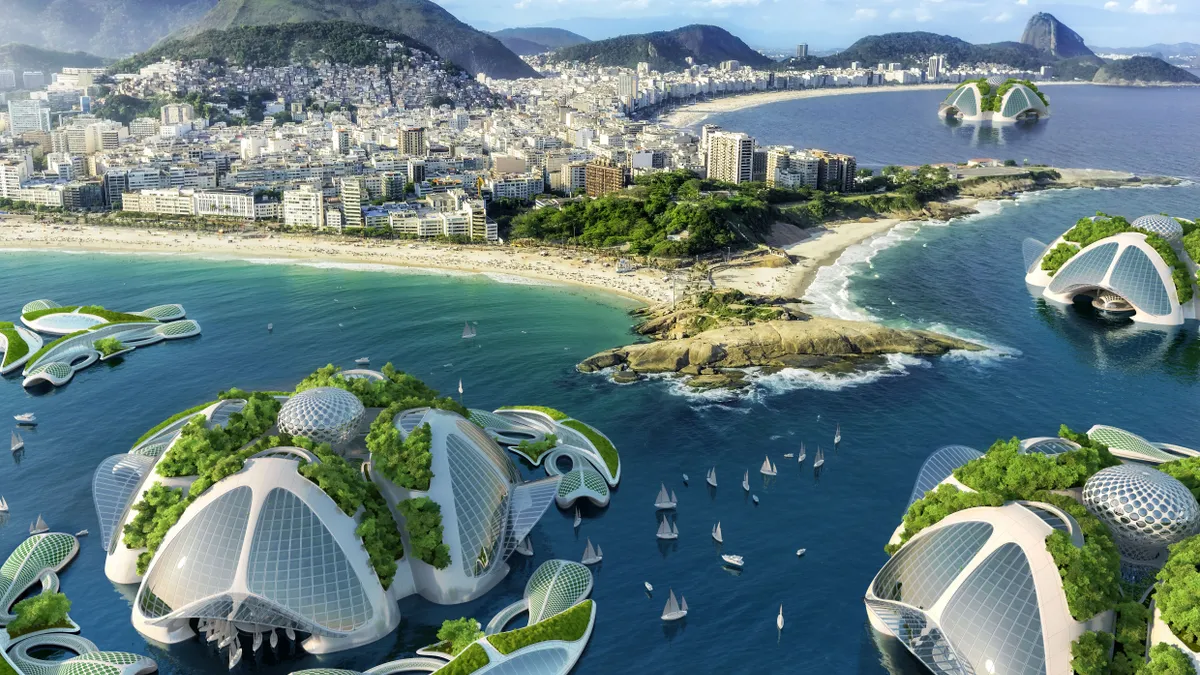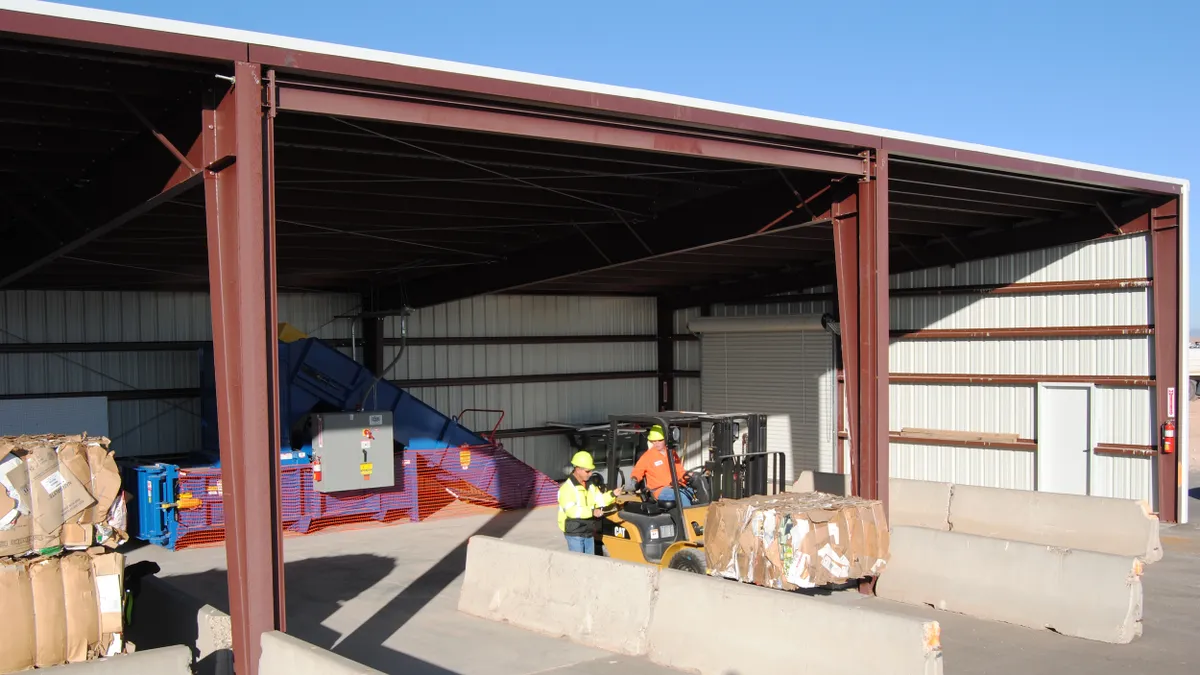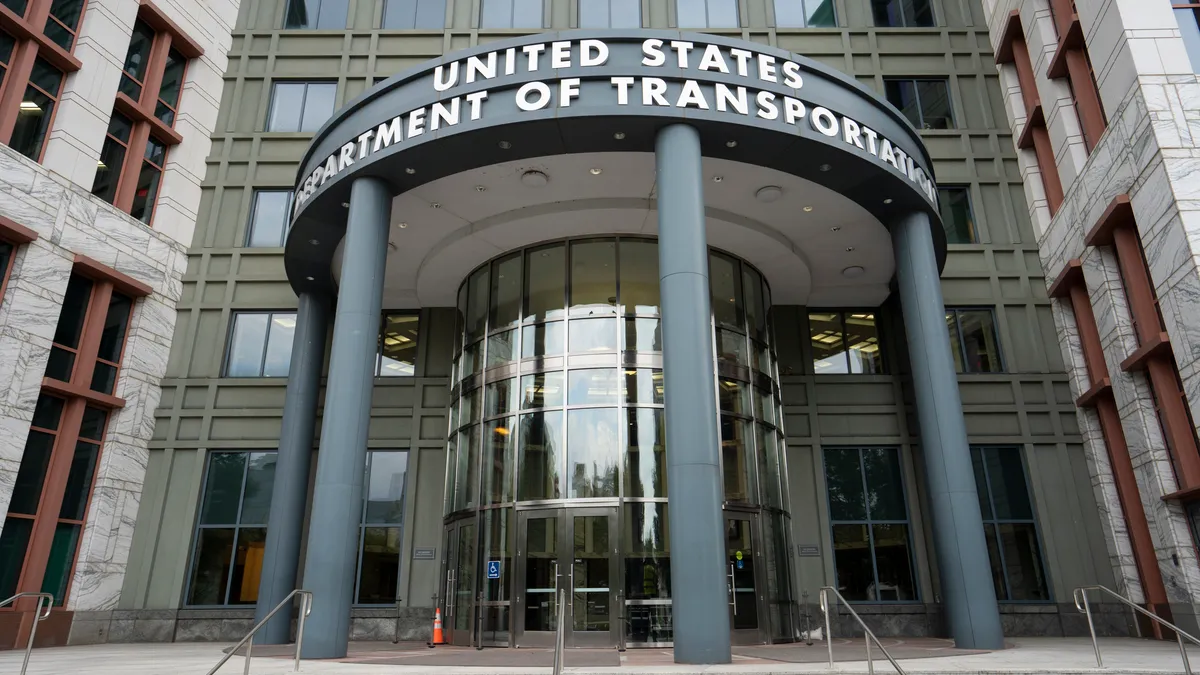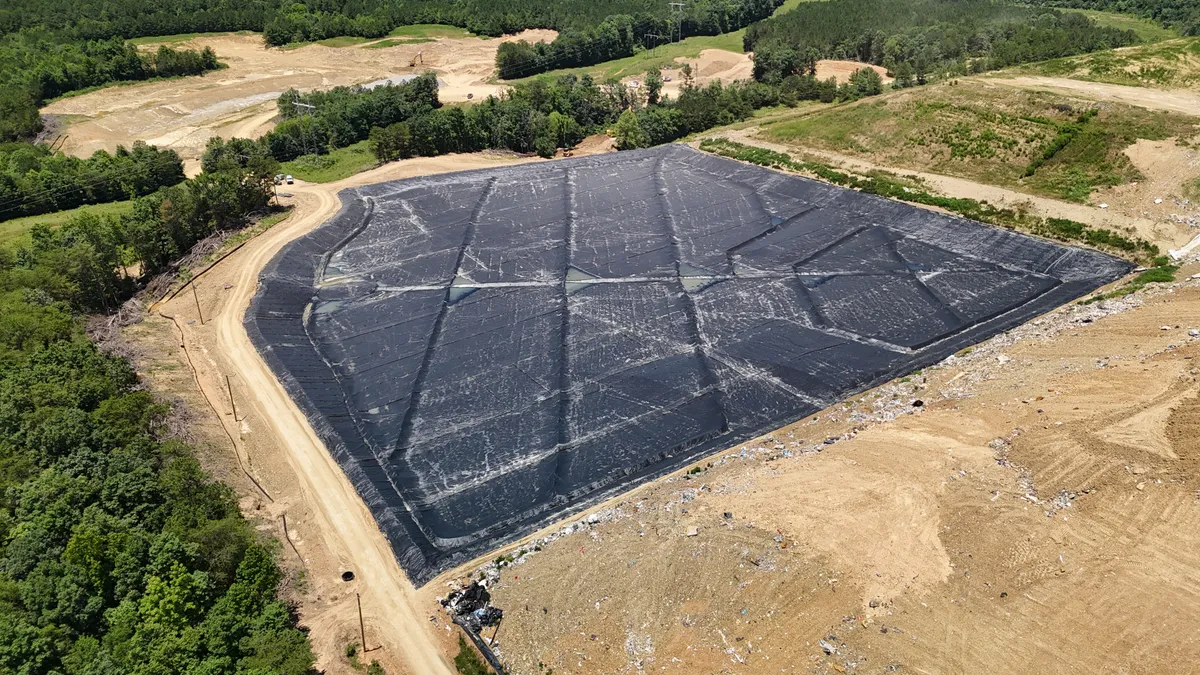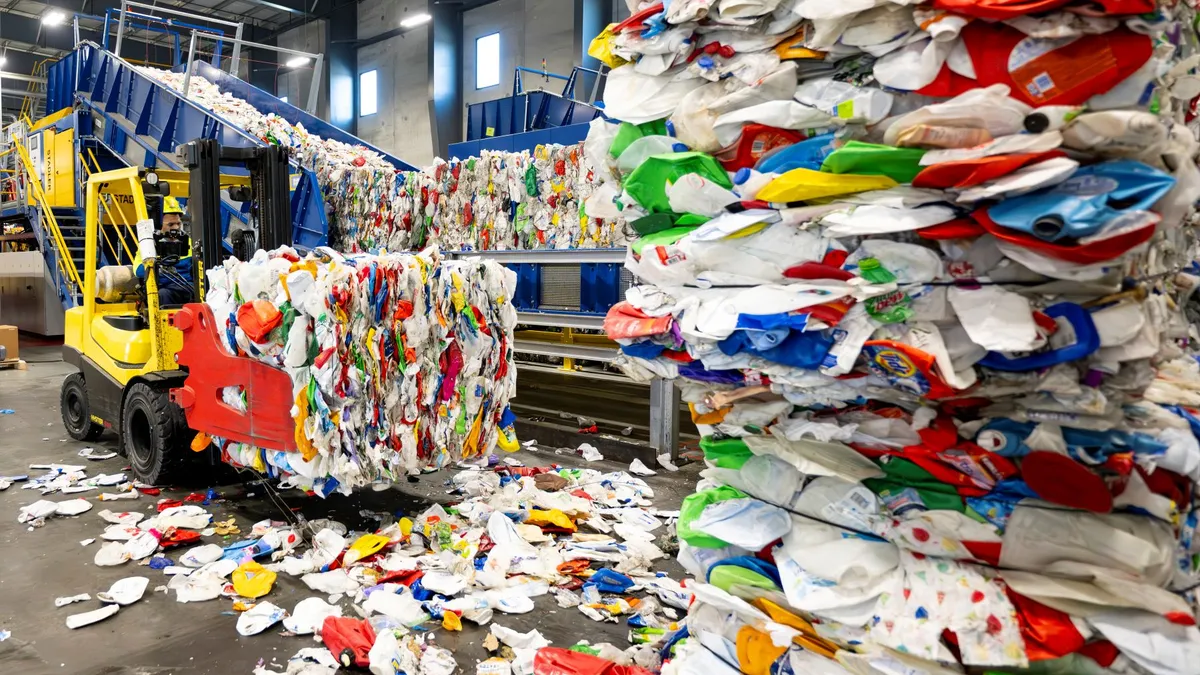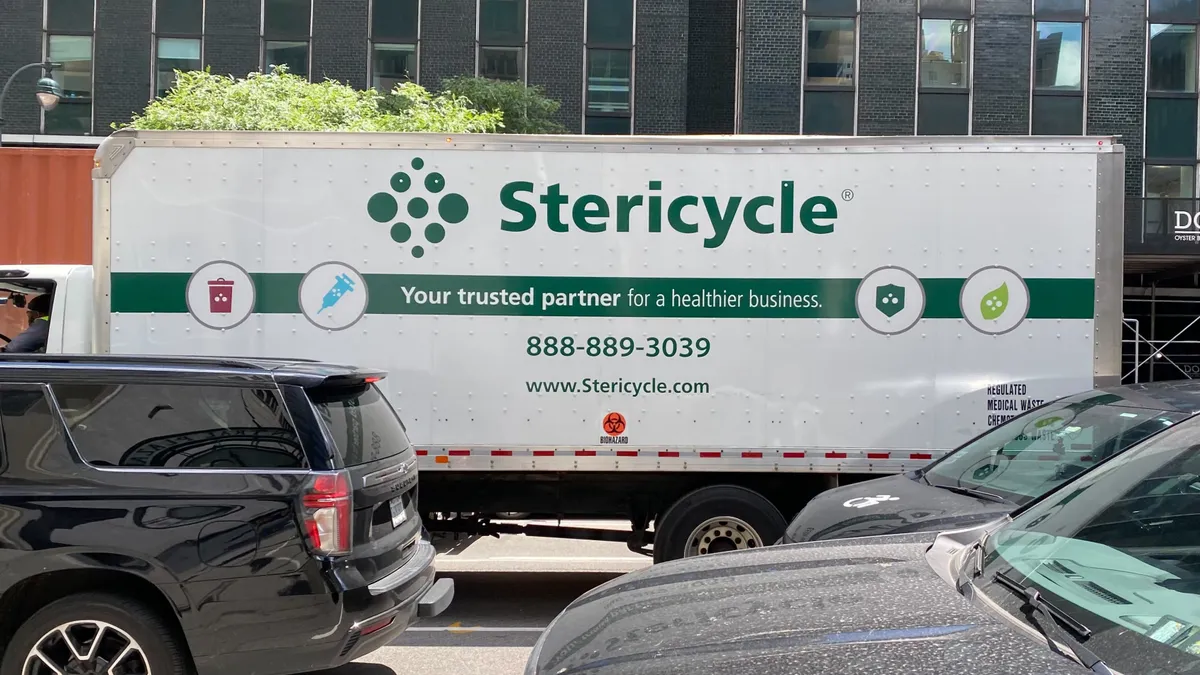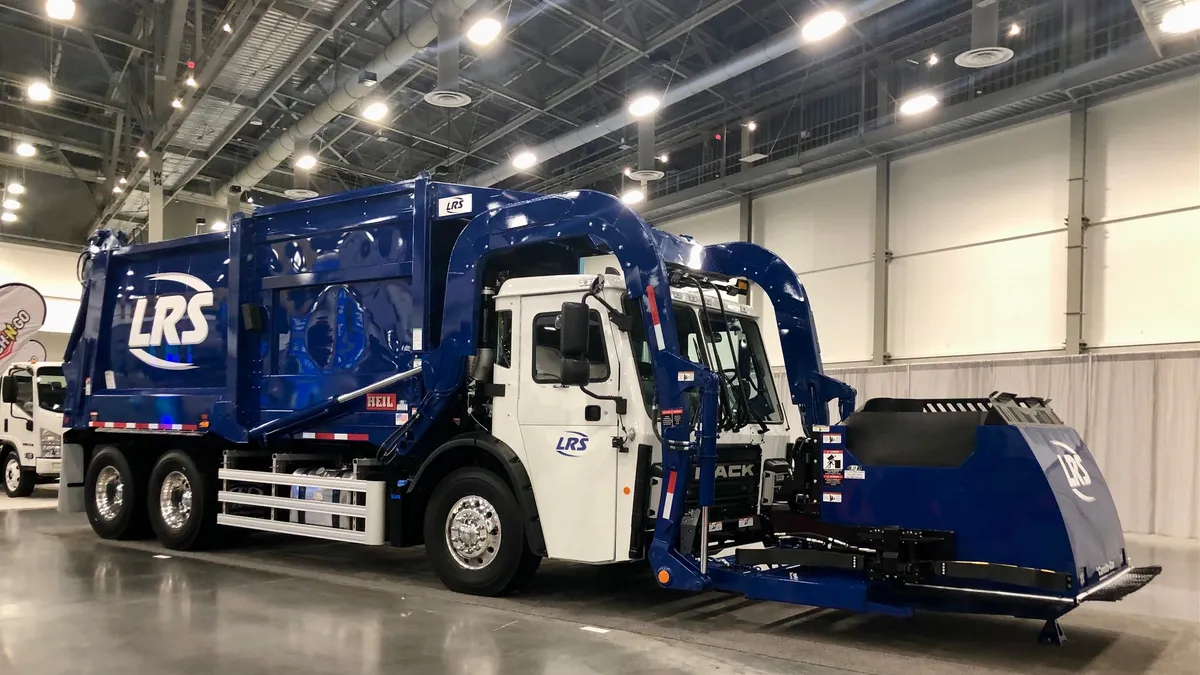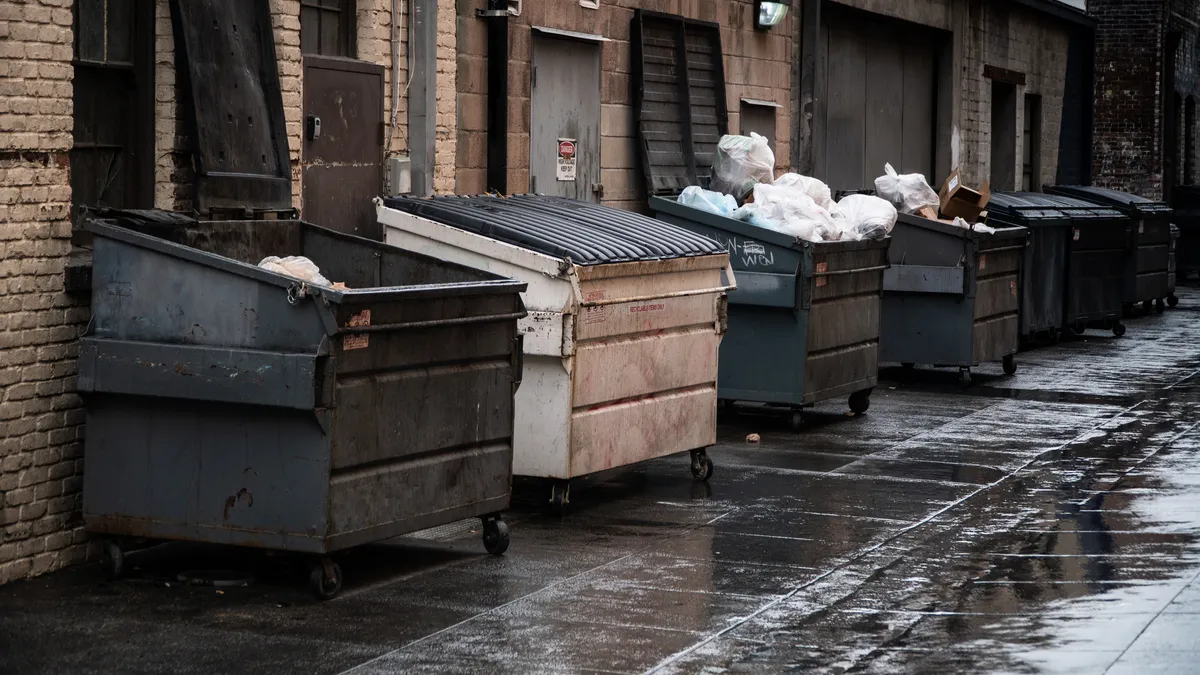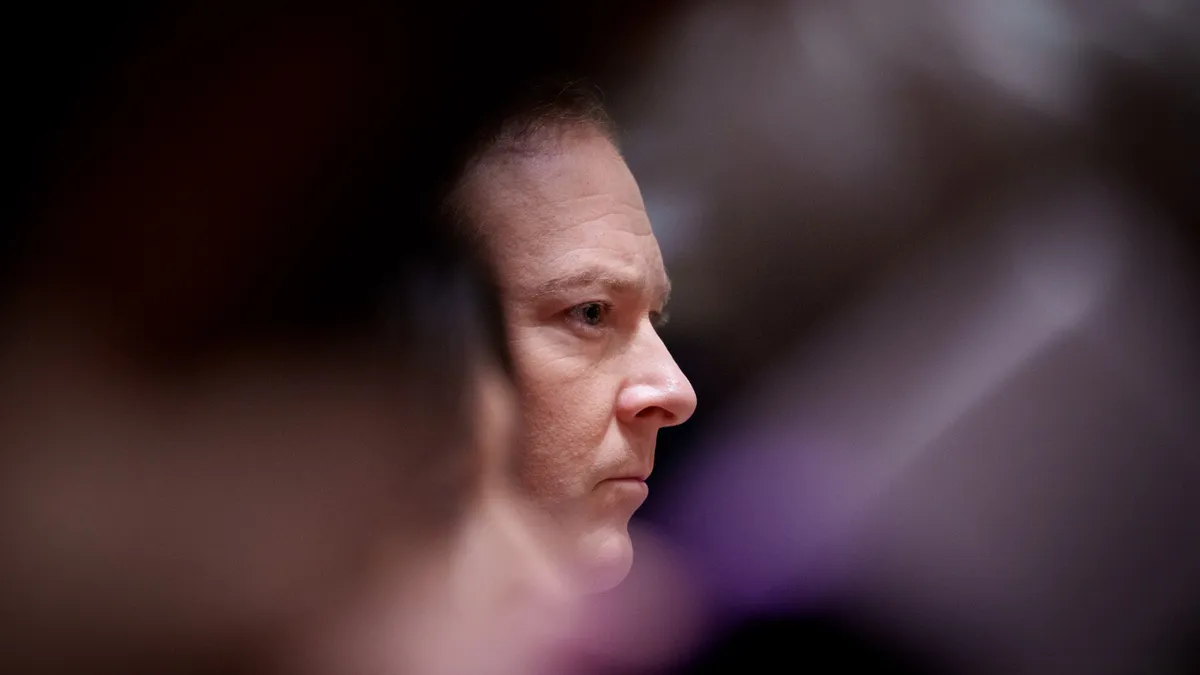The idea of zero waste communities operating closed-loop systems that emulate a circular economy is currently a popular movement across the globe. Though without fundamental changes in the way waste is handled, these phrases are destined to remain buzzwords rather than become reality.
While the business of collecting, processing and disposing of material has gotten far more efficient in recent decades, many essential concepts have remained: burying waste in landfills is still an inexpensive option, many people are resistant to living near waste-related facilities and large amounts of debris still enter the ocean. Changing these dynamics in a significant way will not be easy, but in recent years multiple architects and designers have taken on the challenge.
Many architects' futuristic ideas for waste disposal aren't yet feasible, though they do present an opportunity to start thinking about what comes next. Operating outside of politics, commodity prices or corporate constraints, these six designs present a world where people coexist with their waste as a resource and benefit from it. Some concepts may look they're straight out of a science fiction movie, but all raise questions that are relevant to the current system.
Green Loop
The team at Present Architecture found inspiration in New York's growing organics collection program and wanted to figure out a way to utilize the waste material as a local resource. Rather than transporting organic waste to processing facilities or landfills many miles away, the Green Loop system would handle it within city limits. Offshore hubs would accept material via truck or barge, process it inside and use the compost to create green space and community farms on their rooftops. The designers based their concept off the idea that waste infrastructure can be visually appealing and should be fairly distributed throughout the city. Instead of fighting to close down waste facilities, communities might be clamoring for their own waterfront hub.
Architrash
Since New York's Fresh Kills Landfill closed in 2001, the logistics of exporting the city's waste have become more complicated and more expensive. An entry in eVolo's 2010 Skyscraper Competition called Architrash shows a way to handle this waste locally without burdening communities that host transfer stations and recycling facilities. Using the city's built-in public transportation infrastructure, waste would be taken via subway freight cars to vertical structures and sorted into seven categories. Building residents would be employed at studios that created new products from the material and the residuals would help sustain building operations. Built-in incineration, water filtration and biogas production technology would make use of whatever was left over.
Though New York's subway system already has enough problems trying to handle litter and train traffic without adding thousands of tons to the mix every day, the idea of local recycling jobs lines up very well with circular economy goals.
MTS as WTE
New York's answer to the Fresh Kills closure was a network of marine transfer stations (MTS) that would reduce truck miles by barging waste to rail connections. One MTS is currently operational in Queens. The others have been delayed for years due to logistical or legal challenges. Once complete, the MTS network could also play a role in a potential commercial waste franchising system. Yet if the city can make significant progress on boosting its diversion rates, these stations may become less relevant in future decades.
Dattner Architects, in a concept initially published by Crain's, envisions a future in which the stations are outfitted with plasma arc gasification technology to produce energy from the waste rather than ship it off. The sites would have modern designs and also offer educational opportunities for local residents. While the Department of Sanitation sees waste-to-energy as a key part of achieving its "zero waste" goals by 2030, many local residents are still wary of the technology based on memories of older, unregulated incinerators. Changing the minds of New Yorkers on anything is never easy, yet this concept might just be able to do it.
Aequorea
Solving ocean plastic pollution has become a worldwide priority for government leaders, corporations, academics and advocates alike. Some are looking at how to prevent the problem from getting worse and collecting what's already out there. Others are more interested in what to do with the plastic itself. Ideas have included using it to create roads, construction blocks and even sneakers. The French architect Vincent Callebaut, known for his futuristic ecological designs, took this a step further by envisioning a floating village of "multi-use oceanscrapers" off the coast of Rio de Janeiro called Aequorea.
Named after a type of bioluminescent jellyfish, Aequorea would be 3-D printed using "algoplast" — a composite material of algae and plastic waste — and house tens of thousands of "aquanauts." Callebaut introduced the concept in a fictional letter written by Océane — an aquanaut teen from 2065 — which explains how society ended up at this point. After years of "consuming the city like a commodity, rather than a common good that should be nurtured in symbiosis with nature" humans filled the oceans with a "disgusting soup of petroleum-based waste" that eventually comprised its own floating continent.
Faced with climate change, a new civilization called the People of the Seas created self-sustaining habitats with this ocean debris that can create renewable energy and recycle 100% of their waste. Equipped with technology that allows them to breathe underwater and travel with no emissions, the residents of Aequorea live in a true zero waste society.
While Aequorea may still be far-fetched 50 years from now, the residents of waste-plagued Rio would be happy to see even a portion of the concept come to life.
Lady Landfill and Seawer
The marine plastic problem has also inspired other concepts — both from previous years of the eVolo Skyscraper Competition — that are more utilitarian than utopian.
Lady Landfill imagines a series of floating "underwaterscrapers" that would collect and store waste at the bottom of the structure using water to balance out changes in weight based on intake volumes. The middle of the structure would extract valuable materials before converting the remainder into energy using plasma gasification technology. A second system would also create additional power by harnessing thermal and wave energy from the ocean. The structure's top-most portion above the water would have residential and recreational space.
Another concept called Seawer — which evokes spaceships more than skyscrapers — takes oceanographer Charles Moore's "toilet bowl effect" description of ocean gyres to heart. The structure would be located in the middle of the Great Pacific Garbage Patch and act as a giant drainage hole by sucking in marine debris. Five layers of baleen filters would sort the material by size, from appliances and fishing nets down to cigarette butts and plastic particles, and then recycle it accordingly. The incoming seawater would be used to create energy through a hydroelectric power plant.



